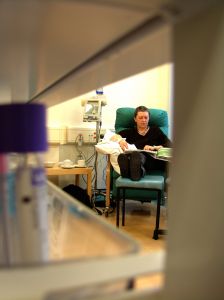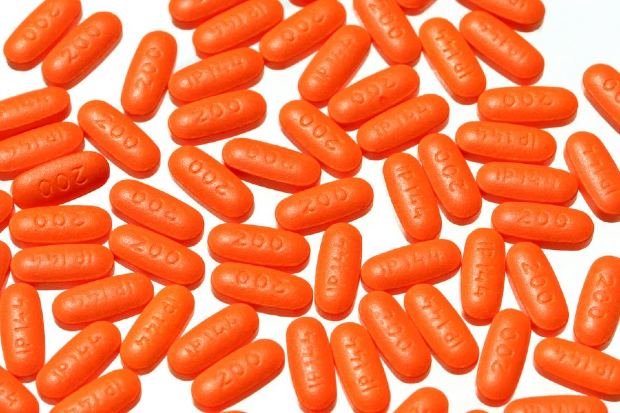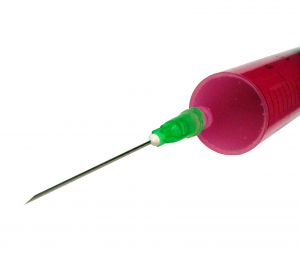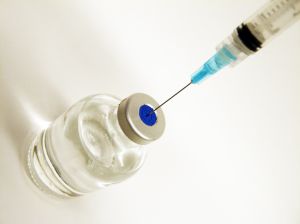For decades, Warfarin (Coumadin) has been the gold standard drug for atrial fibrillation (Afib) patients to avoid being at a higher risk for stroke and other potentially deadly medical conditions like a pulmonary embolism (PE).
 While Warfarin is considered relatively safe, it does require patients to have frequent monitoring by their physicians to make sure the dosage is correct. This means the patients need to regularly have blood taken to determine how the blood thinner is working. If the dosage is off, it can result in serious medical conditions, including bleeding disorders. While this is a risk, with proper monitoring, it should not occur, and, if it does occur, doctors can often reverse the effects of the drug. Continue reading
While Warfarin is considered relatively safe, it does require patients to have frequent monitoring by their physicians to make sure the dosage is correct. This means the patients need to regularly have blood taken to determine how the blood thinner is working. If the dosage is off, it can result in serious medical conditions, including bleeding disorders. While this is a risk, with proper monitoring, it should not occur, and, if it does occur, doctors can often reverse the effects of the drug. Continue reading
 Product Liability Lawyer Blog
Product Liability Lawyer Blog










